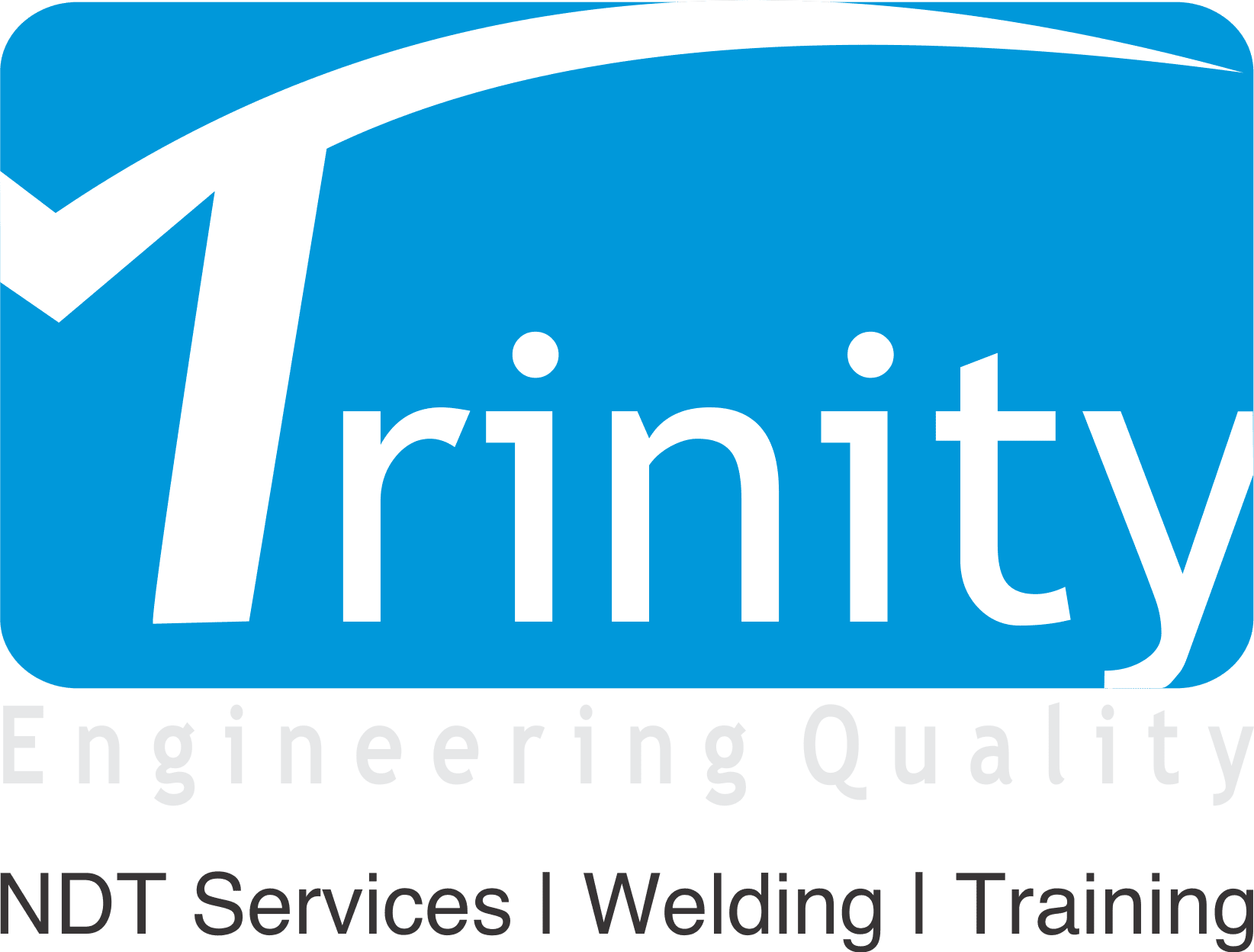Types of Cast Iron Problems & Welding Procedures
- Machine Beds
- Automotive Engine Cylinder Blocks
- Crank Shafts
- Forming Dies
- Impellar Blades
- Rollers
- Pump, Turbine, Compressor Casings
Characteristics of Cast Iron
- Carbon Range – 1.7 – 4.5 %
- Castings – Intricate Shape & Size
- Damping Capacity
- Excellent Wear Resistance
- Self Lubricating Properties
- Poor Elongation & Low Ductility
- Graphite Formation (Si, Al, Ti, Cu)
Types Of Cast Iron
- White Cast Iron
- Gray Cast Iron
- Malleable Cast Iron
- Ductile Cast Iron (Sg Iron)
- Ni Hard Cast Iron
- Ni Resist Cast Iron
- Mehanite Cast Iron
Chemical Composition of Gray Cast Iron ASTM A48, A159
- Carbon – 2. 50 – 4.00
- Manganese – 0. 25 – 1.00
- Phosphorus – 0. 05 – 1.00
- Sulphur – 0.02 – 0.25
- Silicon – 1.00 – 3.00
Alloying Elements
- Manganese
- Magnesium
- Cerium
- Chromium
- Nickel
- Titanium
- Copper
- Silicon & Aluminium – To Promote Graphite Formation
Effects of elements on Cast iron
- Phosphorous: Solution Harden, Corrosion Resistance, Better Machining
- Silicon: Removes Oxygen, Increases Oxidation Resistance
- Titanium: Forms Carbides, Age Hardening Possible
- Chromium: Corrosion Resistance, Does Not Promote Graphite Formation
- Nickel : Used With Cr, Low Temperature Strength, Toughness
- Manganese: along with S forms as MnS, improves machining
- Molybdenum: MoC provide abrasion resistance, improves corrosion resistance, improves hot strength
- Tungsten: Similar to Mo, delays tempering to higher temperatures
Microstructure of Cast Iron
- Ferrite – BCC, low carbon solubility
- Graphite – Most stable form of carbon in iron, more carbon means more Graphite
- Pearlite – Mixture of ferrite and cementite, more carbon means less Pearlite
- Austenite – FCC
- Cementite – Iron carbide with good toughness
- Martensite – Rapidly cooled by quenching
- Retained Austenite
Welding Procedures
Weldable or non weldable and Repair weld
- Skip weld technique
- Preheating
- Inter pass Temperature
- Suitable electrode selection
- Machineable or Non machineable
- Depositing short weld length
- Use stringer beads
- Use very low heat input
- Buttering on crack edges Steel filler is not recommended for machineable repair weld deposits
Welding Precautions
Cracking tendency is very high
Higher Preheat is applied for
- Allowing more time for H2 escape
- Reduces the cooling rate
- Reduction of hardness in HAZ
- Avoid the risk of martensite formation
Cast Iron Welding Precautions
PWHT / Stress Relieving
Furnace cooling • Reduce residual stresses
– Block welding
– Depositing short weld lengths
Selection of filler metal for Cast Iron Welding
- Based on strength
- Hardness
- Abrasion resistance
- Special properties
– ductility
– impact strength
– wear resistance
Weld metal / Electrode for Welding Cast iron
- Steel, Stainless steels
- Nickel base alloys, Cast iron
- AWS A5.15 Standard
- The mechanical properties of weld metal are affected by
- Weld metal Chemistry (C,Ni, Si)
- Thermal cycle experienced (CR)
- Nickel Iron Electrodes: Nickel – Iron electrodes compared to Nickel are of Lower cost and Stronger & More Ductile
Advantages of Nickel filler for Welds
- Low risk of cracking
- High ductile weld
- Minimum contraction stresses
- Minimum Hardness
Trinity NDT – Centre of Excellence Provides Nondestructive testing-NDT lab services, WPS services, welder qualification, welders training and certification, Consultation on welding. Contact or visit: Trinity NDT – Welding Website

